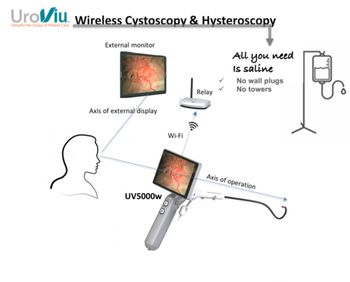
Medicare beneficiaries face higher costs, near-universal prior authorization for GLP-1 drugs
Key Takeaways
- Medicare Part D maintains broad coverage for GLP-1 receptor agonists, but nearly all prescriptions require prior authorization by 2025.
- Coverage for non-diabetes indications is minimal, with significant restrictions on drugs like tirzepatide and semaglutide for conditions like obstructive sleep apnea and cardiovascular disease.
Out-of-pocket costs for popular diabetes and weight-related medications nearly doubled in 2025, with nearly universal prior authorization requirements, according to new JAMA research.
A research letter published Sept. 24 in
Nearly all GLP-1 prescriptions now require prior authorization — up from 2.8% to 5% in 2020-2023 to nearly 100% in 2025.
Coverage for non-diabetes indications remains minimal. No beneficiaries had coverage for tirzepatide prescribed for obstructive sleep apnea, and just 1% had coverage for semaglutide for cardiovascular disease.
Patient costs climb under new rules
The study also highlights rising patient costs. Average monthly out-of-pocket (OOP) expenses for established GLP-1 drugs increased from $75-$138 in 2024 to $122-$167.
Standalone Part D plans accounted for the steepest increases. Between 2024 and 2025, monthly costs in these plans jumped from $99-$109 to $175-$196. By contrast, Medicare Advantage Part D plans saw smaller increases, from $52-$64 to $93-$101.
The spike coincides with a shift from flat copayments to percentage-based coinsurance. In 2025, 49% to 77% of beneficiaries faced coinsurance requirements, up from 27% to 36% in 2024.
Policy shifts
Researchers noted that the Inflation Reduction Act (IRA), which introduced a $2,000 annual OOP cap starting in 2025, may be partly responsible for the changes. Because the IRA increased plans’ financial responsibility for catastrophic drug costs, insurers may be offsetting that liability by tightening prior authorization rules and raising patient cost-sharing.
“From 2020 to 2025, prior authorization for GLP-1RAs became near universal and OOP costs rose substantially in 2025, as plans increasingly required coinsurance,” the authors wrote. They added that, while Medicare Advantage plans can buffer costs through rebates and incentives tied to medication adherence, standalone Part D plans have fewer options.
The authors cautioned that the study did not account for deductibles or the new $2,000 OOP maximum. Even so, the findings suggest that beneficiaries face growing barriers to accessing GLP-1 therapies, despite widespread formulary inclusion.
Looking ahead
With GLP-1s now among the highest-cost drugs in Medicare, coverage decisions are likely to remain under scrutiny. The authors concluded that, “given the budgetary impact of GLP-1Ras for Medicare, ensuring beneficiary access and affordability will remain challenging.”
Newsletter
Stay informed and empowered with Medical Economics enewsletter, delivering expert insights, financial strategies, practice management tips and technology trends — tailored for today’s physicians.


















